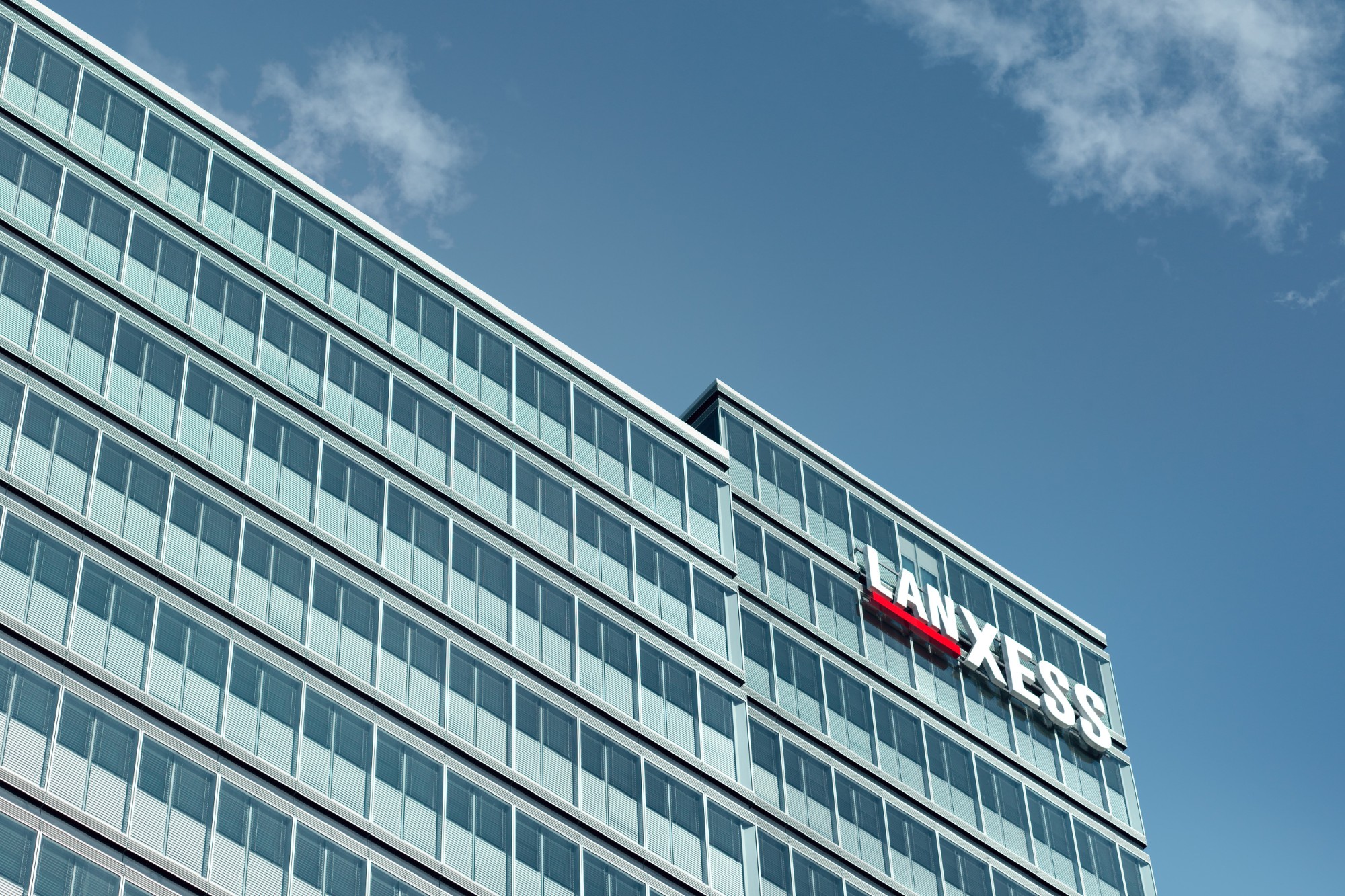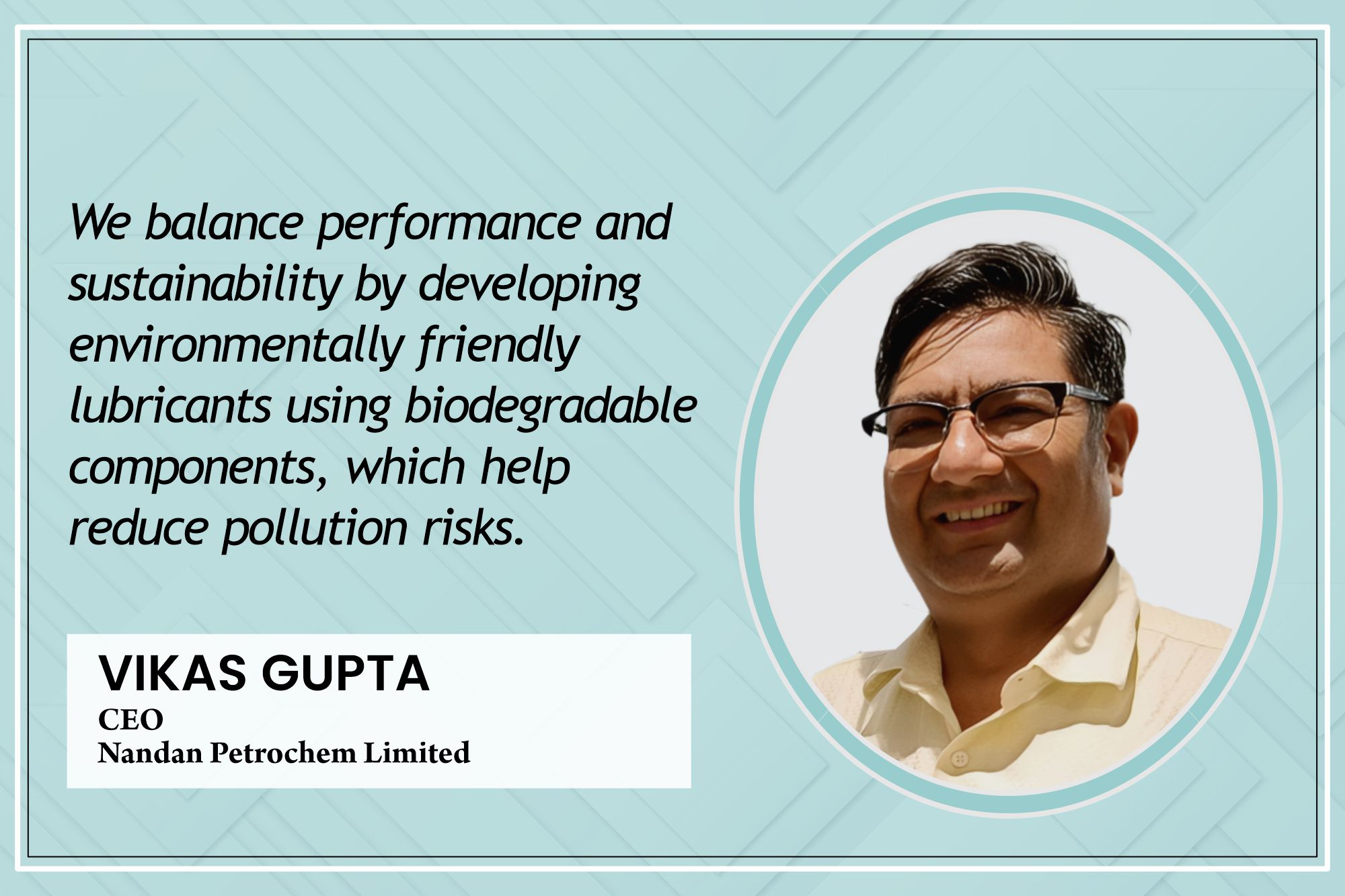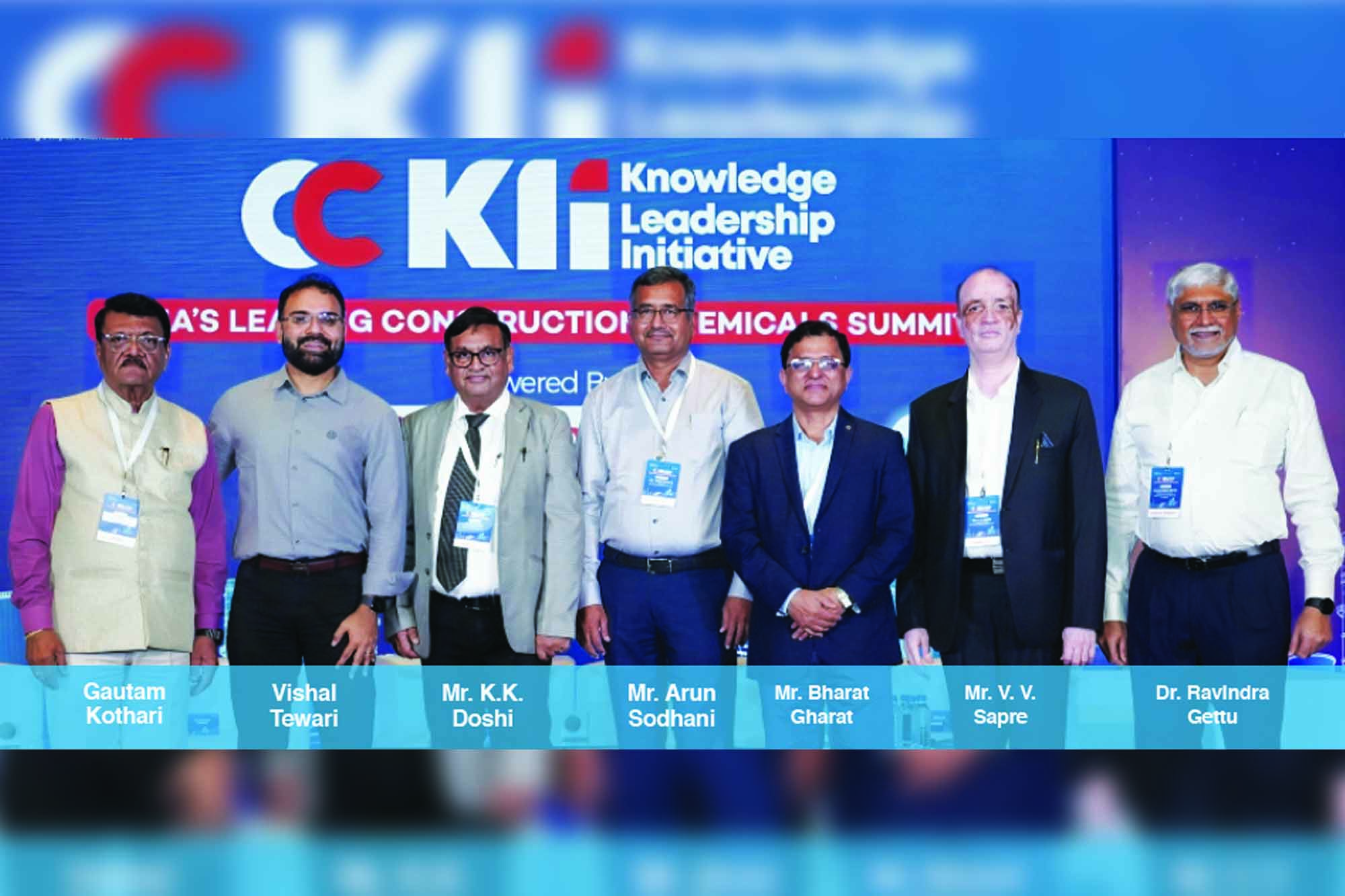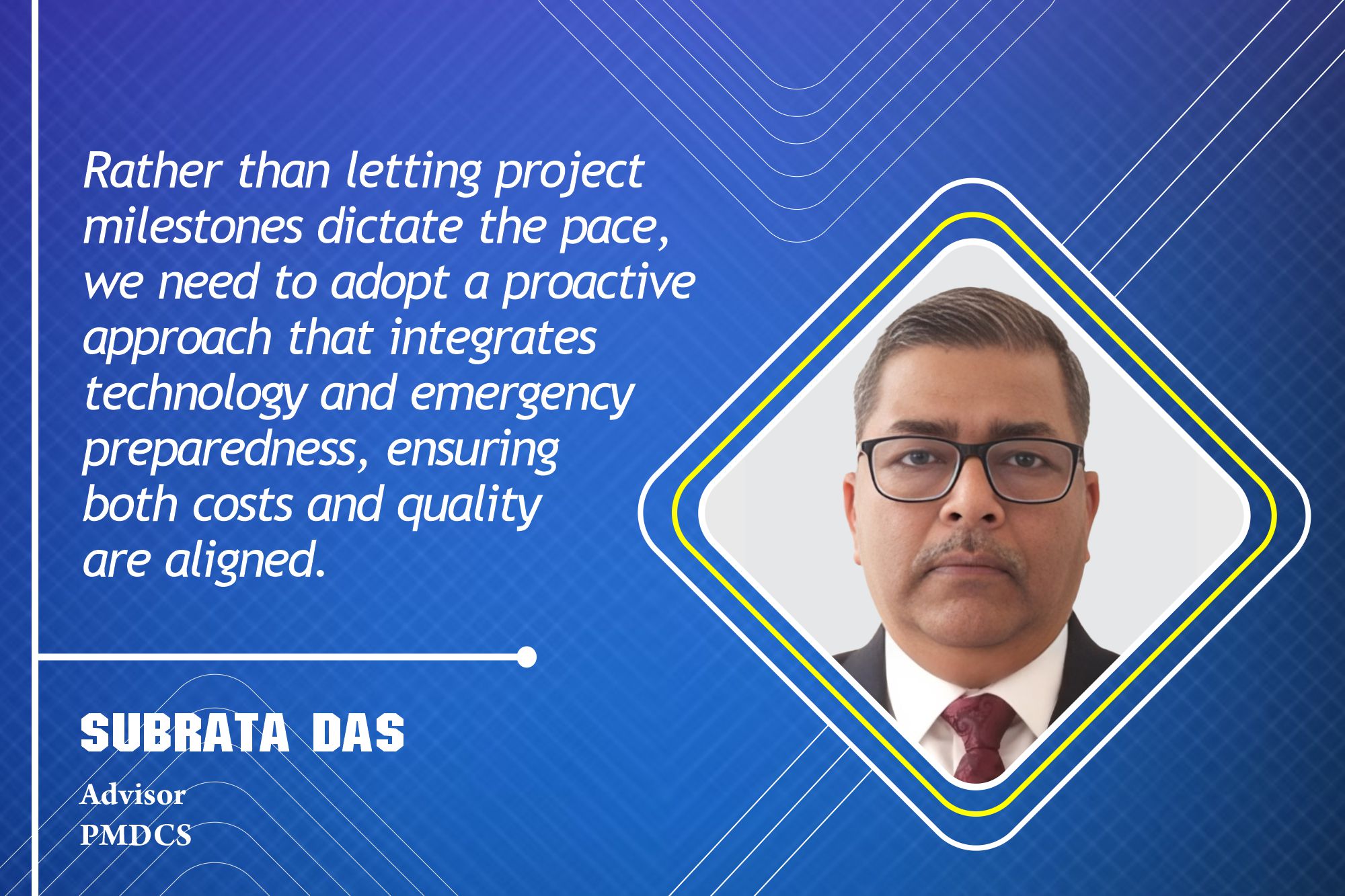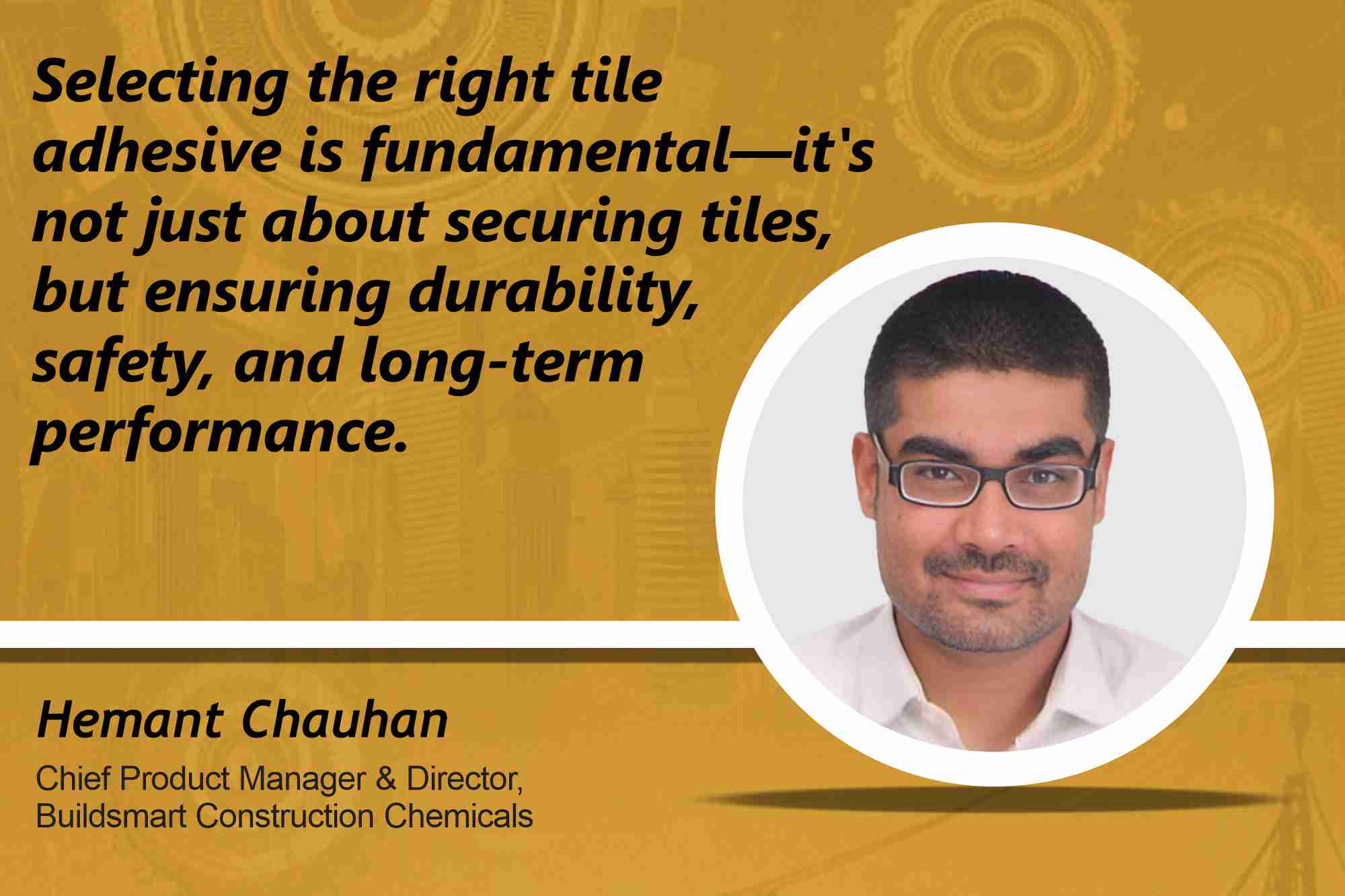Repairing old structures for greater strength
By Edit Team | April 16, 2019 10:38 am SHARE
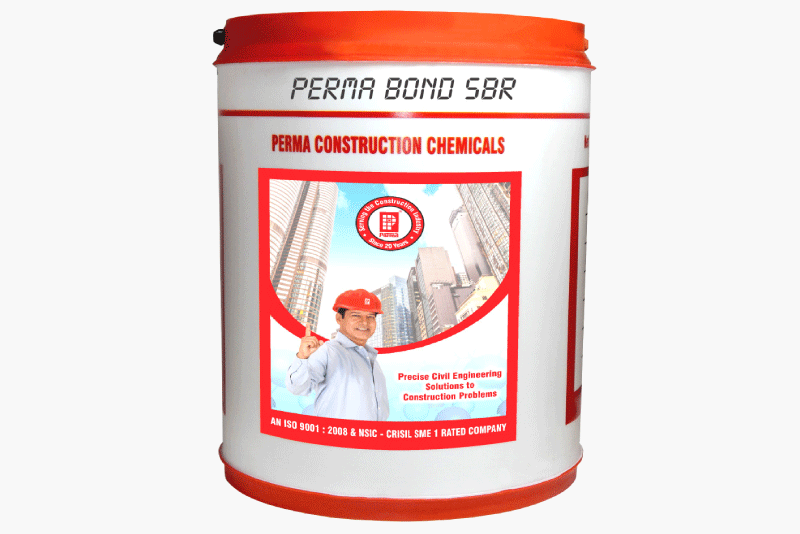
Multi-storey buildings are more of dynamic structures rather than static. They go through the normal phenomenon of settlement, deflections, vibrations and movement because of the movements of loads and wind. With time, this dynamism causes some stresses which show up in the form of cracks in the walls, ceiling etc. These types of cracks are only plaster deep. These cracks are treated by chasing them out into ‘V’ shaped groves and filling them up with good quality crack filler. In the reinforced concrete, water or moisture reaches the steel by leakage or because of the porosity of concrete. This water in the presence of carbon dioxide oxidises the steel and causes rusting or corrosion. The volume of corroded steel is many times more than that of the original steel. This expanded steel puts lot of pressure on the neighbouring concrete and the concrete develops cracks. The cracks due to corrosion appear on the columns and beams. These cracks are larger and generally associated with brown coloured stains. Repairs need to be taken up immediately after the first signs of the corrosion to steel are detected so that the minimum damage can be repaired economically. Any season is suitable for repairs except the rainy season.
Treating cracks with crack fillers
Cracks due to corrosion which are seen on the column and beams, need to be inspected by taking out the concrete to expose the reinforcement. If the reinforcing steel is corroded more than 50 per cent of its original volume, then it will have to be treated by replacing the lost steel and corrosion inhibition treatment done to entire steel. Then re-concreting is done, by jacketing method, using super fluid micro concretes, after removing the old concrete. If the damage to steel is less than 50 per cent of its original volume then the lost steel are substituted with new steel to make up the lost volume of steel, corrosion inhibition treatment is done and the broken concrete is made good by polymer modified mortar.
Material used in repairs
For non-structural repairs polymer based crack fillers, mortar admixtures, waterproofing compounds, bonding agents, paint additives, water repellents, rust removers, shot-creting, guniting etc, are used at the discretion of the repair consultant keeping in view the future life of the building.
For structural repairs specialised products and services are utilised. The products basically consists rust removers, repair compound based on styrene butadiene rubber (SBR), acrylic co-polymers, plasticisers, super fluid micro concretes, epoxy bonding agents, injection grouting systems, readymade polymer plasters as per the discretion of the repair consultant.
Styrene butadiene rubber and acrylic polymers (pure acrylic emulsions) are the main products which are used in a slurry form with cement as the anti-corrosive coating over the steel reinforcements. Mortars modified with these products form the protective corrosion inhibiting cover concrete. These mortars show strengths in excess of the parent concrete.
Styrene butadiene rubber vs. acrylic
Some structural repair consultants prefer SBR while some seem to prefer acrylics. Consultants generally go by their past experience with these products. All over the world, SBR has been in use for a longer time in repairs and rehabilitation works. But SBR is not resistant to ultra-violet rays. Since, they are not used as exterior wall paint in this type of application; this demerit does not affect the repair system and is ignored. In case, the right grade of SBR is not available it is preferable to go in for an acrylic systems, like wise if a right grade of acrylic is not available it is preferable to go in for an SBR system. Perhaps, this is what influences a consultant from project to project.
Comparing polymers with epoxy and polyurethane system
Epoxies and polyurethane are sufficiently strong and expensive products. Their mortars and coatings generally tend to be more rigid hence, has a tendency to crack during movement or deflection, which the beams and roof slabs constantly face. Non-uniformity of coefficient of thermal expansion of concrete and these products also creates the possibility of creep or lateral movement at the repair interface. Moreover, general grades of epoxy and polyurethane are not compatible with cement concrete system hence, rarely used in structural rehabilitation works.
Specifications
On the basis of the preliminary survey report of the structural repair consultant, if the building needs structural rehabilitation treatment, the same structural repair consultant or any other repair consultant has to be employed to carry out detailed investigation and draw out the precise specification of the works to be carried out. The said consultant draws out detailed and precise specification for the works to be carried out, short lists materials to be used, tenders the works, collects the quotations from the approved repair contractors, short list them and presents it before him or her. Once the work is awarded to the contractor, the consultant supervises the input of materials, quality of workmanship, controls the funds flow to the contractor and helps in getting the best from the contractor.
For more details, visit:
www.permaindia.com
Cookie Consent
We use cookies to personalize your experience. By continuing to visit this website you agree to our Terms & Conditions, Privacy Policy and Cookie Policy.




